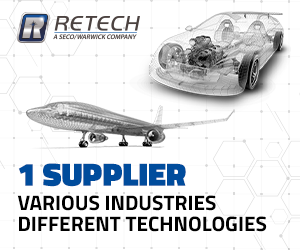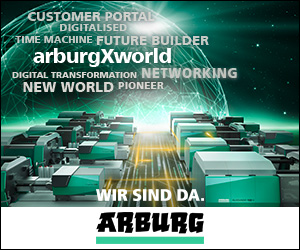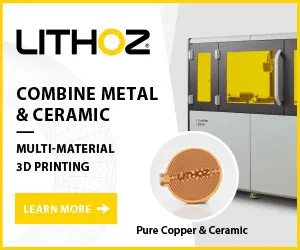JPMA Award Winners 2016
The winners of the Japan Powder Metallurgy Association’s (JPMA) 2016 Powder Metallurgy Awards showcase the continuing developments being made to further expand the range of applications for Powder Metallurgy. The winners showcase innovations not only in component design, but also in new materials and advanced manufacturing processes.
Development prizes: New design
Sintered bearing with dimple on inner diameter for high efficiency motors
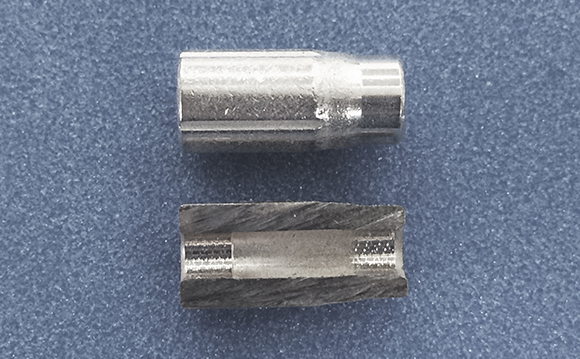
These sintered bearings from Porite Corporation reduce the friction coefficient through the incorporation of a dimple on the inner diameter (Courtesy JPMA)
Motors, whether large or small, need to be improved in their running efficiency. In order to achieve this, the friction caused by sintered bearings needs to be reduced. Porite Corporation received an award for a sintered oil impregnated bearing with a dimple that reduces the friction coefficient in order to replace the ball bearing on the inner diameter.
Generally, ball bearings were selected in the early stages of development due to their low friction characteristics, especially for high-efficiency motors. On the other hand, in some cases, sintered bearings were not adopted because of the differences in friction between sintered bearings and ball bearings. This remained the case even though improvements were made in the bearing material, impregnation oil and optimisation of clearance between shaft and bearing, and so on. Porite, therefore, developed the concept of using Dimple technology on the inner diameter, which had previously been used to reduce the friction of engine cylinders and hydraulic equipment. The variation of size and depth of the dimple and the unevenness of the dimple pattern creates differences in the effectiveness of reducing friction.
In order to stabilise the dimple process, the inner diameter of the unprocessed part was optimised and the process was designed to both form dimples and finish the inner diameter at the same time. This avoided the risk of the dimpling process making the inner diameter uneven. In addition, for the improvement of the dimple process tool’s life, a suitable material and a suitable process for surface finishing of the tool were chosen. Also, an automatic lubricator on the auto dimple forming machine helped to improve the tool’s longevity.
As a result of these improvements, Porite has been able to form dimples on the inner diameter of sintered bearings, with diameters below 5 mm, that are used for miniature motors. The friction coefficient of the sintered bearings is then more closely matched to that of ball bearings because of the reduction of the contact area and the retention of oil in the dimple.
Development of a multilayer sintered bearing

A multilayered sintered bearing from NTN Advanced Materials Corporation. The inner layer is composed of Fe-Ni-Mo-C alloy steel, improving wear resistance (Courtesy JPMA)
NTN Advanced Materials Corporation received an award for a multilayer bearing to be used in joint parts of construction machinery, for example a hydraulic shovel. The operating conditions require low friction and wear resistance characteristics under harsh environments characterised by low speed, heavy load, vibration and shock load.
Oil-impregnated sintered bearings, conventionally mass produced, are made from materials that achieve sliding properties and high hardness. The production adopts “heat treatment to maintain both strength and hardness” and “finish machining to maintain dimensional precision”. Therefore, cost is increased in terms of both material and production. Also, in terms of performance, there is a risk of cracking caused by a reduction in impact strength by the heat treatment. The developed multilayer structure was able to solve these problems.
The inner layer (bearing side) is composed of Fe-Ni-Mo-C alloy steel to improve wear resistance. Also, Cu is added to improve sliding properties and remove the need to machine the inner dimension, as size/shape correction can be achieved by sizing. Low melting point metal is added to Fe-Cu-C material in order to provide high strength and high toughness on the outer layer.
NTN has succeeded in developing a bearing that can reduce cost, that has excellent sliding properties and wear resistance and is strengthened against shock by moulding these different materials into a multilayer bearing using separate tools.
Development of a hybrid magnetic material reactor core for a booster application
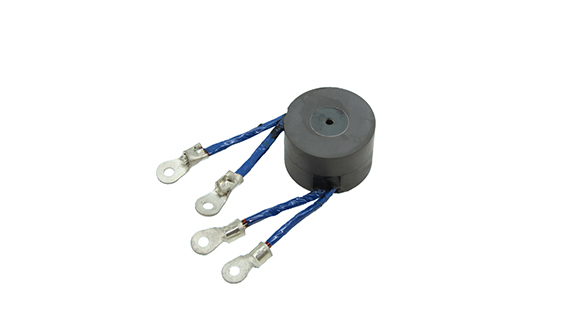
A Hybrid magnetic material reactor core by NTN Advanced Materials Corporation made from amorphous magnetic material (Courtesy JPMA)
NTN Advanced Materials Corporation received a second award for a Hybrid core made from amorphous magnetic material. There is a trend for choke coils for power supply circuits to require increased current and power beyond several kW, along with the improvement of medical equipment such as MRI scanners. Conventional magnetic materials needed a large cubic volume to meet these current requirements because they readily cause magnetic saturation. High drive frequencies in the circuits used for these applications is growing in response to the need for high-speed operation of the equipment. However, conventional materials show degradation of properties, such as inductance and iron loss, at high frequencies.
NTN has developed a Hybrid core, which adopts amorphous compression material on the inner and injection formed magnetic material, filled with amorphous material, on the outer in order to achieve both high current/frequency use and miniaturisation. An amorphous injection core alone shows too low an absolute inductance value, whilst, on the other hand, an amorphous dust core alone does not have a sufficient DC bias characteristic. The hybrid structure of both of the parts can meet the required characteristic, i.e. that magnetic saturation is not caused even in a high magnetic field.
This has the effect of reducing the inductance decreasing rate to half, compared with ferrite, in high current use (300 A) and losses are reduced to 1/10, compared with Fe-Si, at high frequencies (100 kHz). In addition to this, the apparatus’s maximum current is increased to 260 A (or 2.6 times 100 A) and circuit operating frequencies are increased to 50 kHz (or 5 times 10 kHz).
- 1/2
- Next






